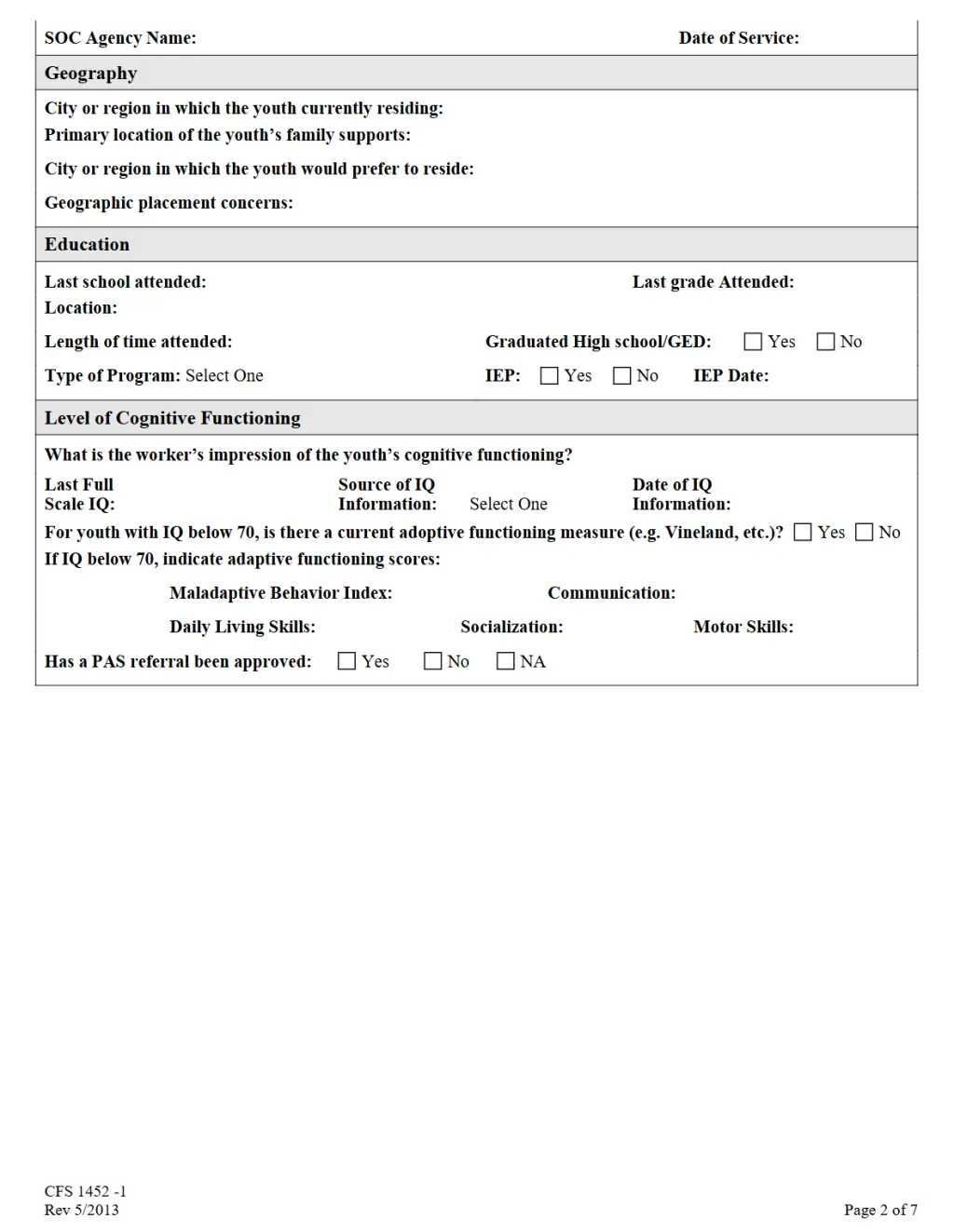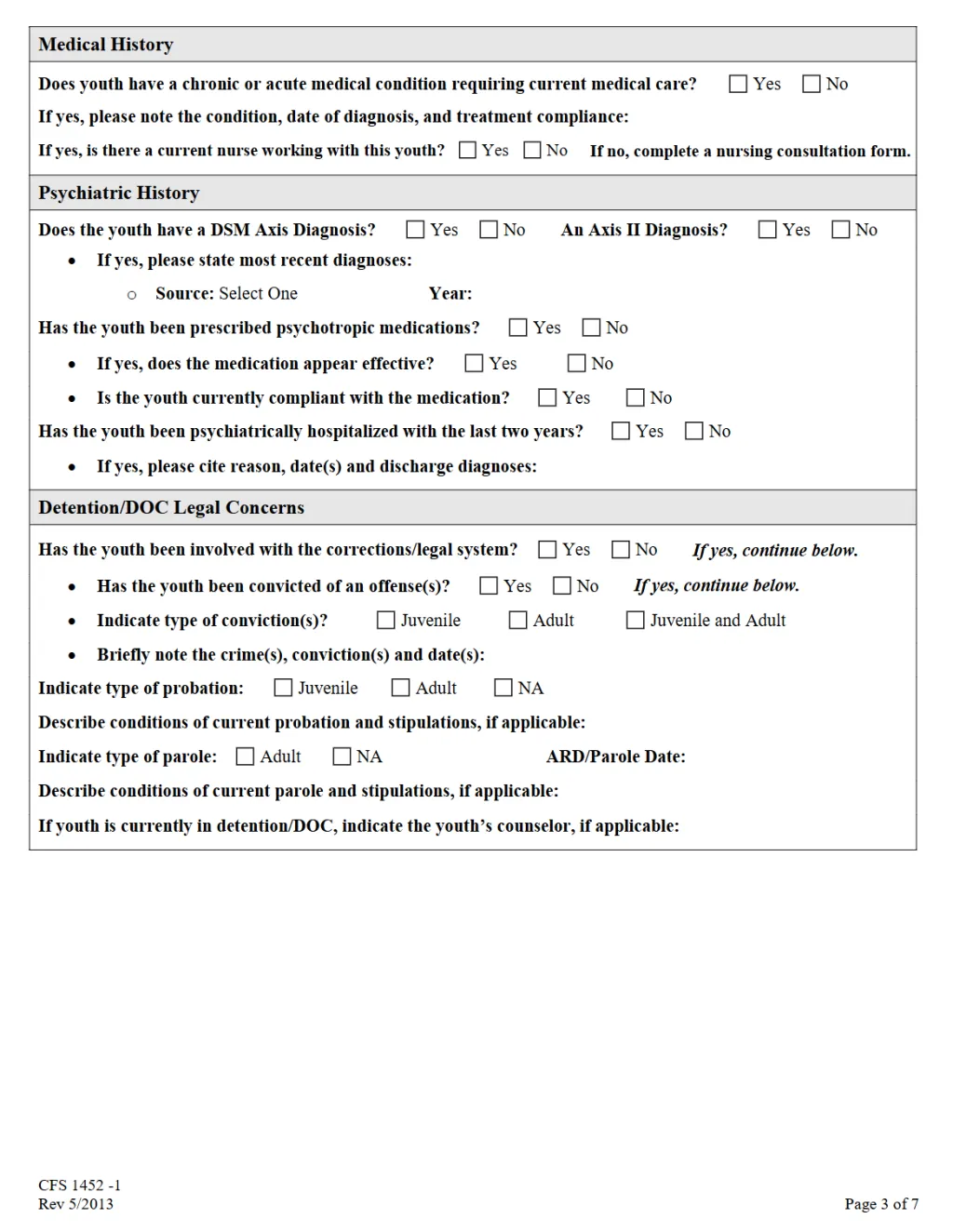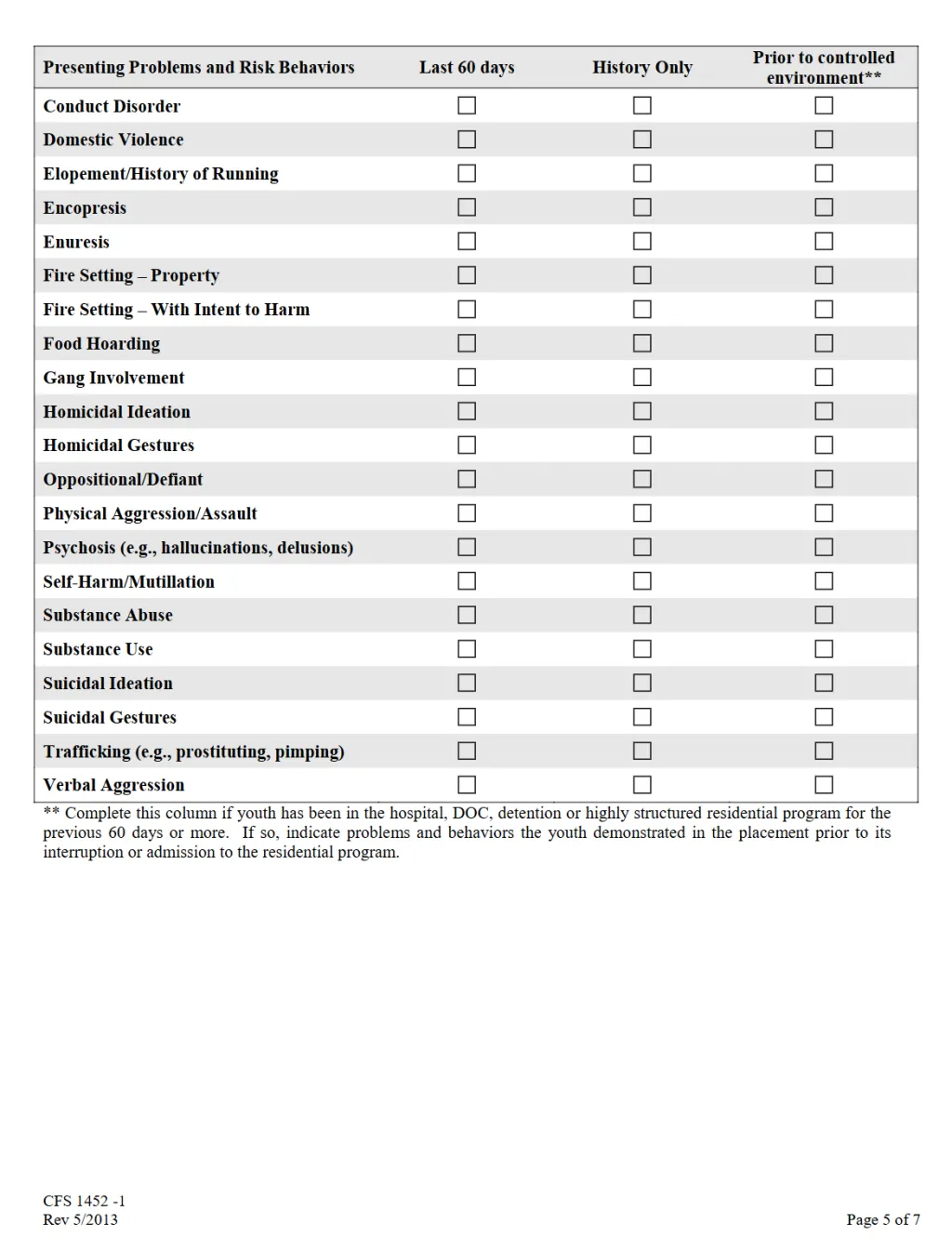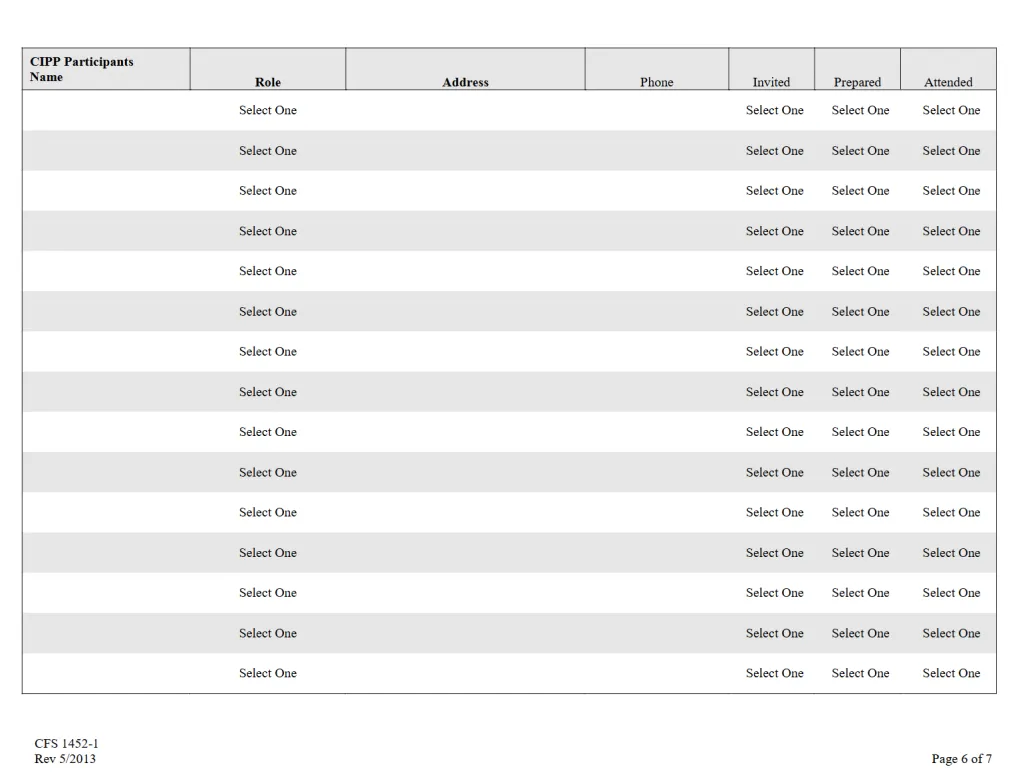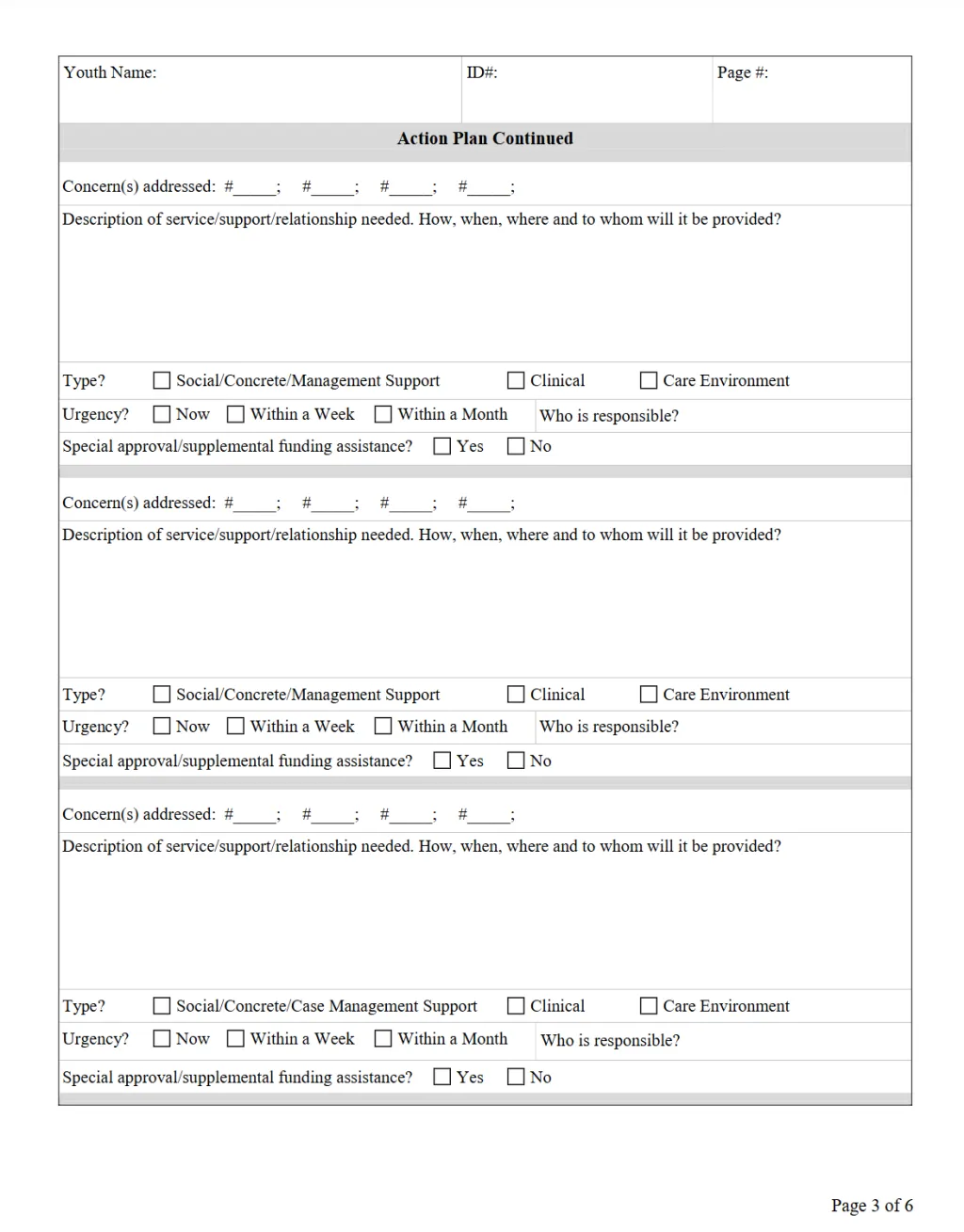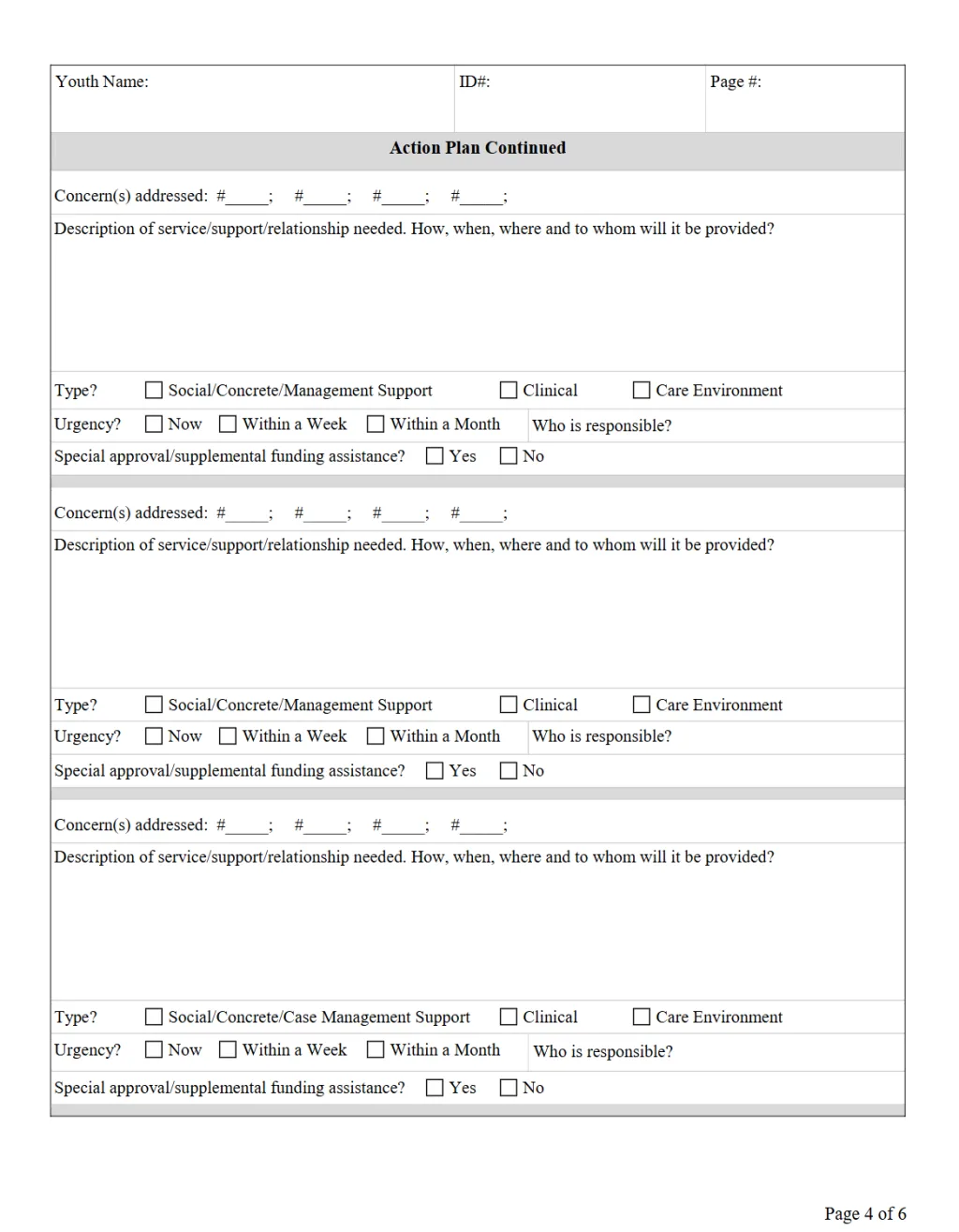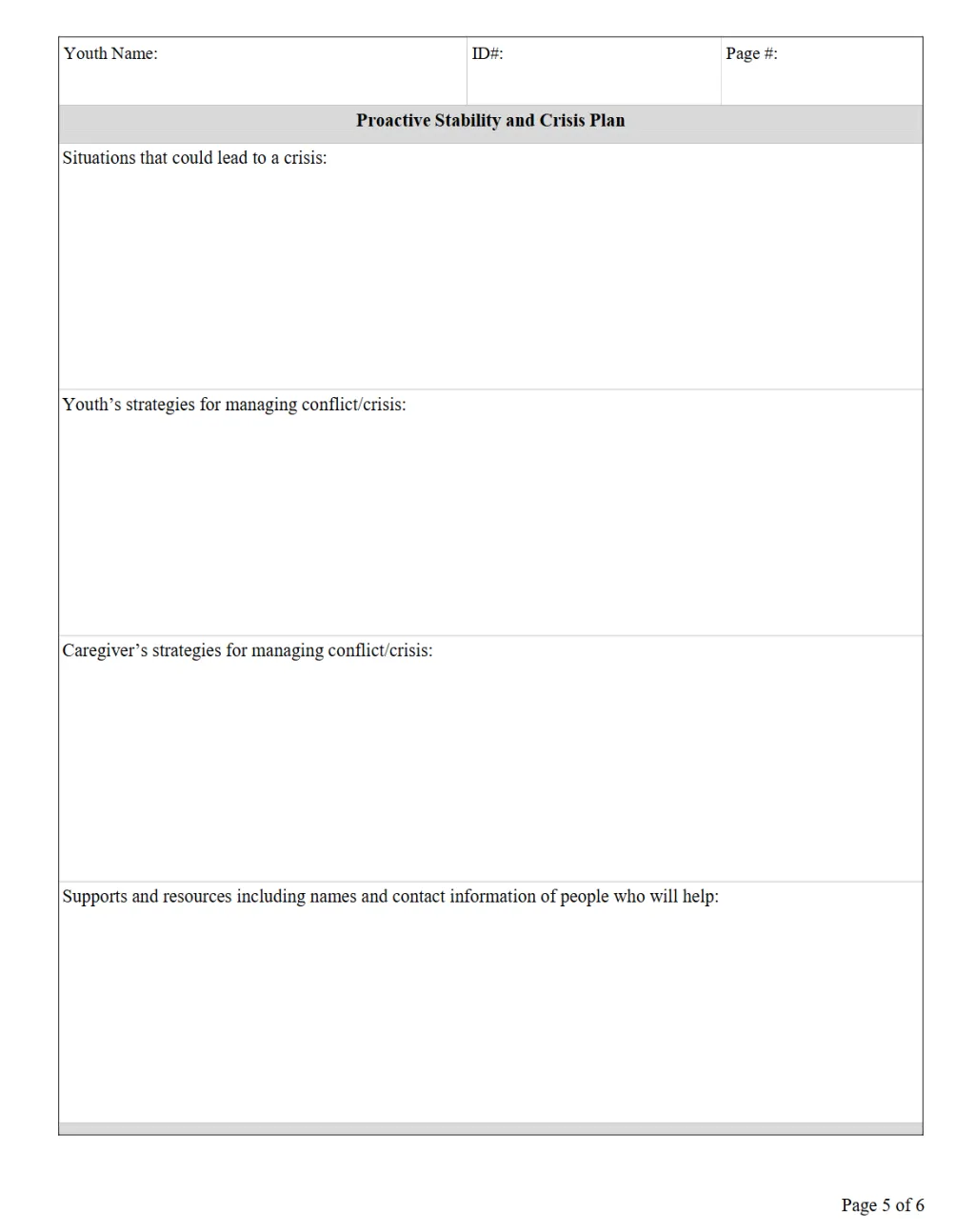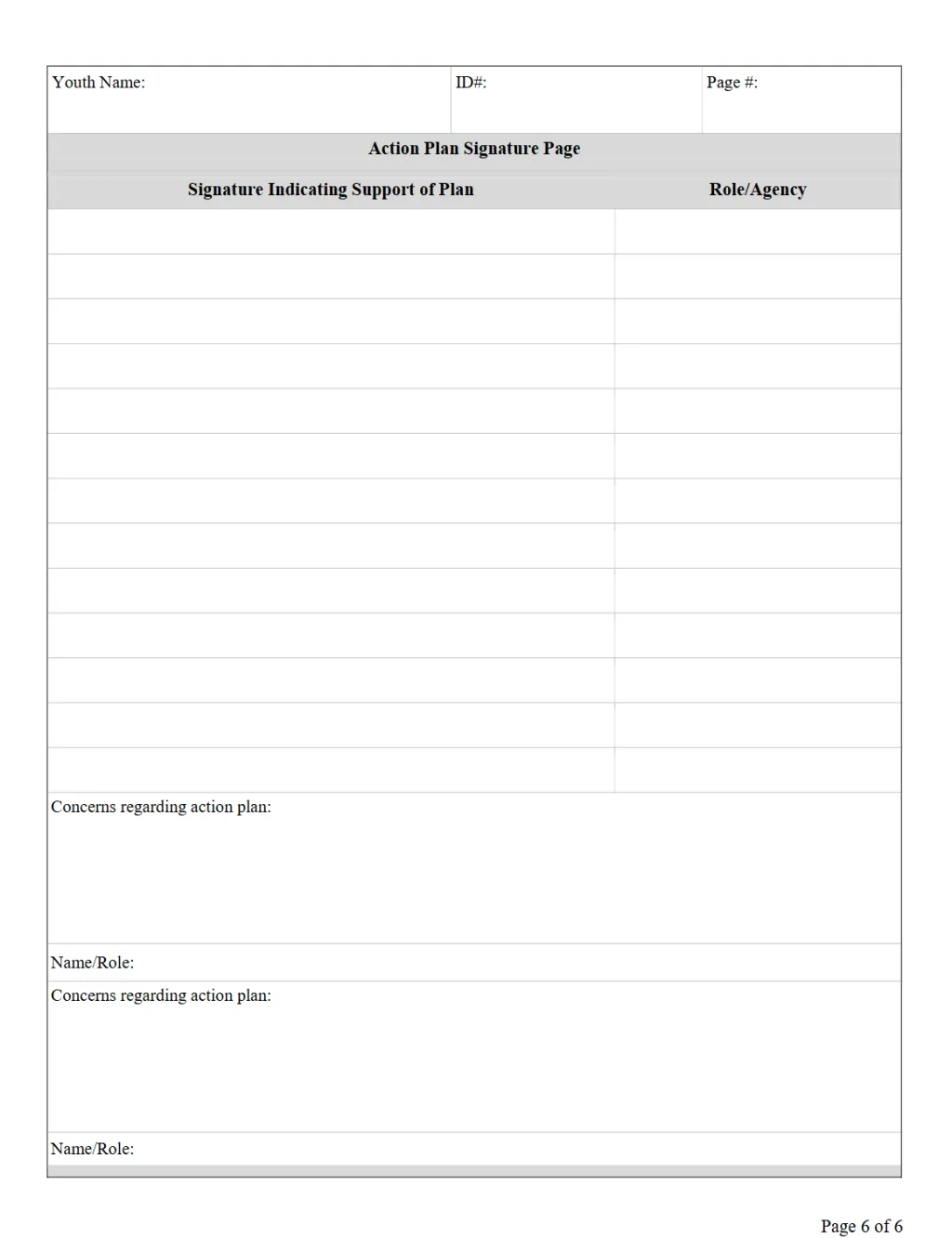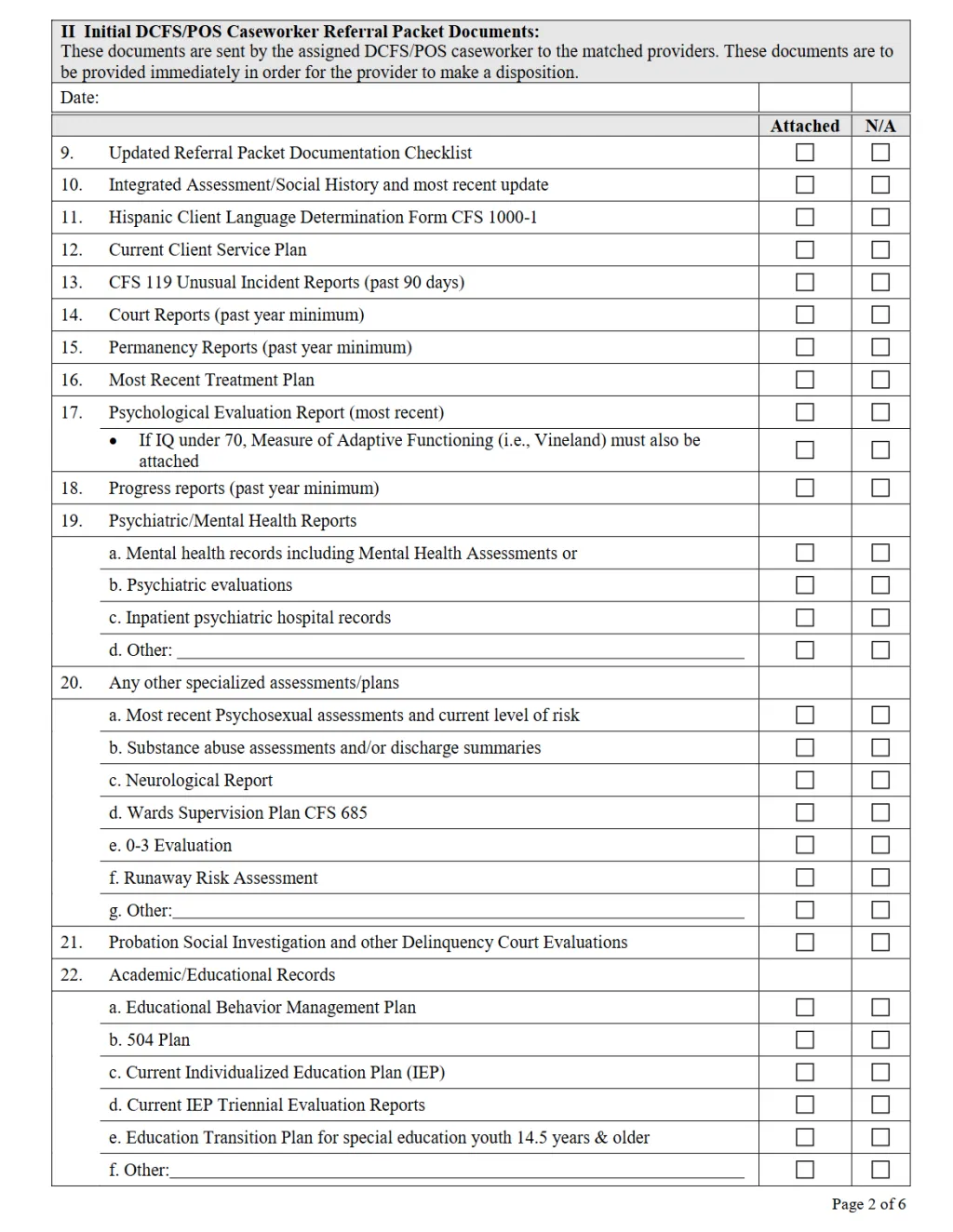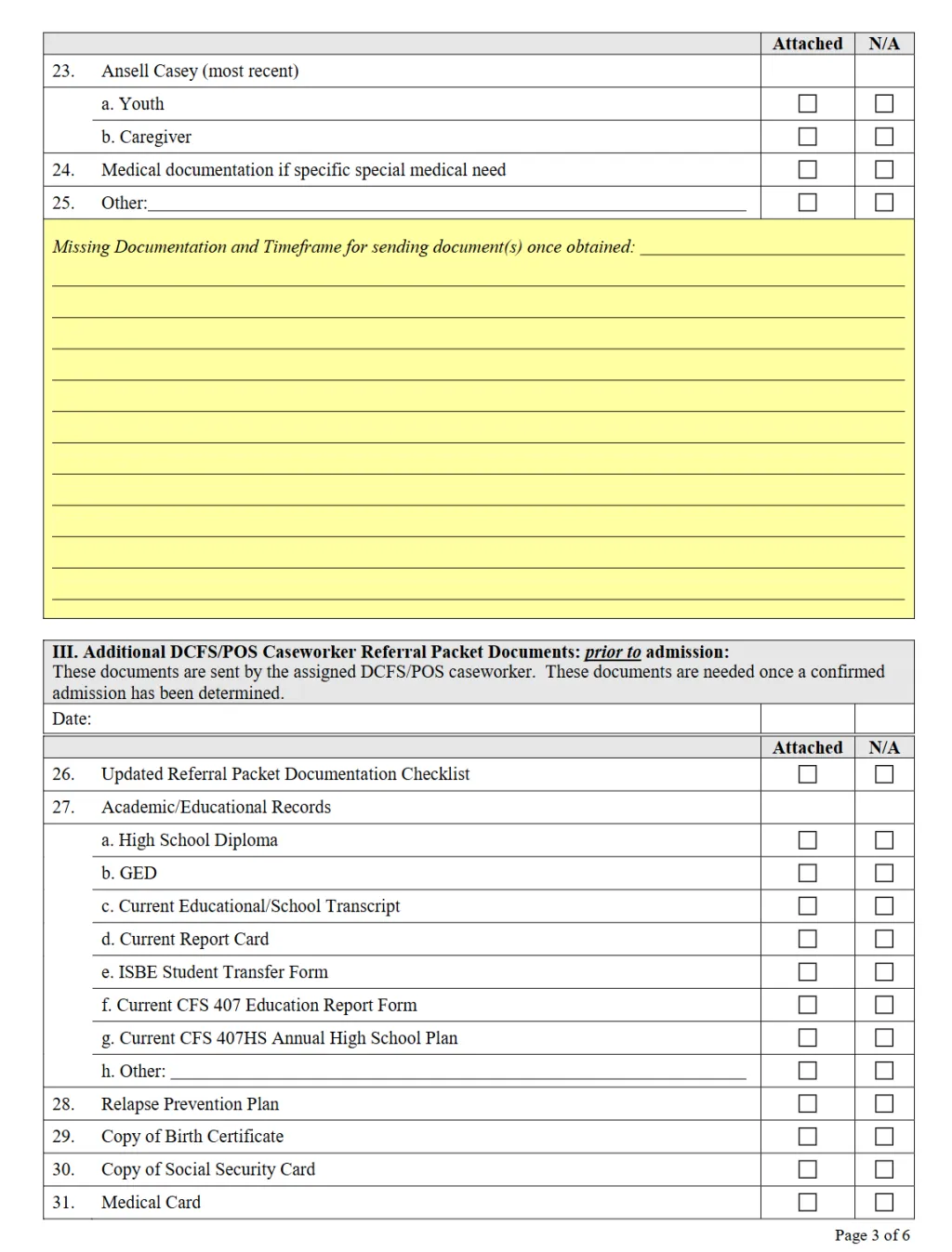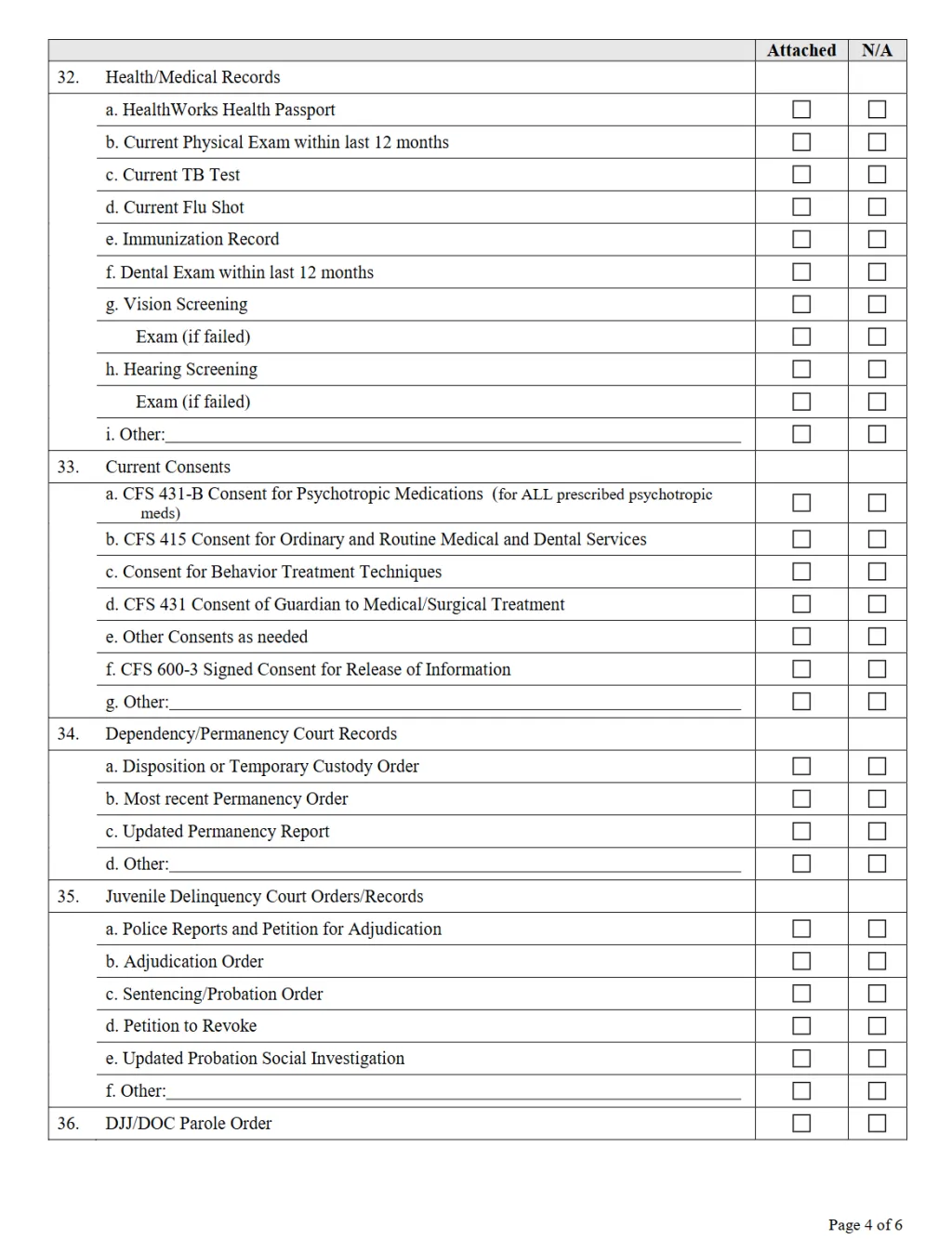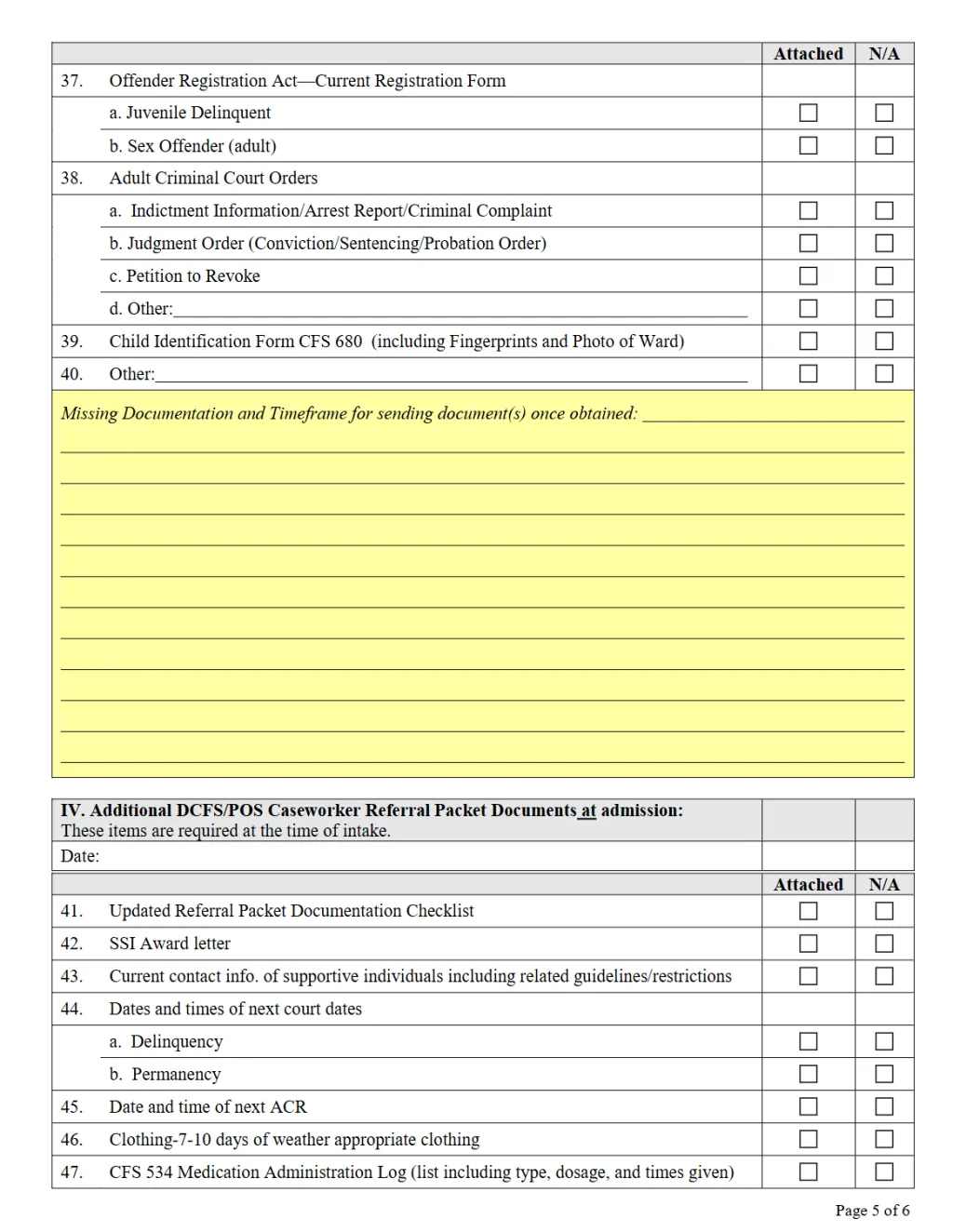- To: All DCFS and Private Agency Child Welfare Staff and Supervisors
- From: Richard H. Calica, Director
I. PURPOSE
The purpose of this Policy Guide is to implement the transition from Child and Youth Investment Team (CAYIT) to Clinical Intervention for Placement Preservation (CIPP) in Department Policy and to issue instructions to Department staff regarding the CIPP referral, staffing and follow-up process. This Policy Guide replaces Policy Guide 2010.01, Child and Youth Investment Teams.
II. PRIMARY USERS
Primary users of this Policy Guide are DCFS and Private Agency Child Welfare Staff and Supervisors.
III. BACKGROUND
This Policy Guide introduces the Clinical Division’s new placement stabilization and preservation program, Clinical Intervention for Placement Preservation (CIPP) which recently replaced the Child and Youth Investment Team (CAYIT). This program is designed to have greater emphasis on earlier interventions to improve placement stabilization by preserving youth and family social connections and relationships and minimizing changes in placement. The goal is to reduce the amount of changes in living arrangements and to prevent entry into residential and group home settings.
IV. CLINICAL INTERVENTION FOR PLACEMENT PRESERVATION
Clinical Intervention for Placement Preservation (CIPP) is a facilitator-guided, team decision-making process to improve placement preservation and increase placement stability. A CIPP staffing is conducted to determine the array and intensity of services needed for a child or youth whose current placement is threatened with disruption or whose care cannot be provided for in his/her current placement. A CIPP staffing is also conducted to determine the array and intensity of services needed for a child or youth whose placement has disrupted.
In a CIPP staffing, the caseworker brings together key people in the child/youth’s life, with the assistance and support of a trained facilitator who leads a discussion sensitive to the individual needs, motivation and capabilities of the child/youth. Participants are encouraged to offer their assessment of the child/youth’s wishes, needs and strengths and to generate ideas on how those wishes, needs and strengths can be best addressed, ideally in the child/youth’s current placement.
When the services needed cannot be provided in the current placement, staffing participants will determine the setting best suited to meet the child/youth’s individual needs. In these situations, matching the child/youth with placement resources that can meet the identified needs will be initiated by members of the Centralized Matching Team during the staffing, whenever possible. Additionally, caregivers will be encouraged to participate in the child/youth’s treatment and to remain a placement and/or visiting resource for the youth when residential/group home care and/or a transitional living or independent living program is warranted.
Population Served by CIPP
A CIPP staffing is recommended for any child or youth at risk of placement disruption from his/her current caregiver in a traditional or specialized foster family home placement, a home of relative placement, or a transitional living program (TLP). According to national research, cases at highest risk for placement disruption involve children/youth with a history of recent police involvement, frequent school truancy, runaway behaviors and/or untreated psychiatric disorders.
CIPP Objectives
The goals of CIPP are to:
- Improve placement preservation and increase placement stability by:
- Reducing the number of unplanned placement changes;
- Diverting entry into residential or group home settings unless clinically indicated as a treatment intervention; and
- Ensuring that the child/youth’s connections to family, community and social supports, including his/her caregiver, are maintained when a change of placement is required.
- Improve the child/youth’s well-being and functioning by building and maintaining connections to family, social supports and community.
Improve access to and use of community-based supports including the involvement of DCFS System of Care (SOC) services.
Note: A CIPP referral is not required to access or use SOC services.
- Improve the timeliness of interventions prior to placement disruption.
- Improve placement preservation and increase placement stability by:
CIPP Participants
The core participants of a CIPP meeting include:
- Required participants
- the caseworker;
- the casework supervisor;
- the youth ( age 12 or older), unless clinically contraindicated; and
- the current caregiver.
Additional participants recommended
- family members;
- the GAL
- the CASA worker;
- youth-identified supports/advocates; and
- a member of the Centralized Matching Team (CMT) or SOC provider.
Others who may be invited to a CIPP staffing include, but are not limited to, former caregivers, Clinical Specialty Consultants, school staff, members of the Child and Family Team, the child/youth’s or family’s therapist, the Foster Parent Support Specialist, DCFS Permanency Specialist, DCFS Foster Care Recruitment and Development Specialist, DCFS Dually-Involved Specialist, DCFS Consulting Psychologist, DCFS Regional Nurse, and/or Educational Liaison.
- Required participants
CIPP Process
CIPP uses a consensus-based decision-making process to help participants determine the array and intensity of supports and services needed to maintain a child or youth in his/her current placement or when a change in placement is required. CIPP ensures that child/youth-identified supports and SOC involvement are incorporated into the process to help identify the child/youth’s strengths and to provide and/or expedite timely access of community resources.
The CFS 1452-1, CIPP Referral Form is the CIPP referral document. The CFS 1452-1 serves as the basis for the staffing discussion and exploration of the child/youth’s service needs. Prior to the CIPP meeting, CIPP Intake and the CIPP Facilitator shall assist the caseworker in reaching out to and preparing all non-professional participants (caregiver, child/youth, family and other supportive adults) on the expectations of the CIPP team decision meeting.
The CFS 1452-2, CIPP Action Plan developed during the CIPP meeting shall focus on the top 2-3 concerns identified during the meeting. The CFS 1452-2 shall be drafted by the caseworker and distributed to all staffing participants at the conclusion of the CIPP meeting. The casework supervisor shall monitor and ensure implementation of all tasks identified in the CFS 1452-2 within 30 days of the CIPP meeting. The caseworker and supervisor shall review the CFS 1452-2 in ongoing casework supervision, and the supervisor shall document that review in supervisory note. The caseworker shall invite the CIPP participants to ongoing Child and Family Team Meetings to review implementation of the CFS 1452-2, and the CFS 1452-2 shall be reviewed at each Administrative Case Review.
When the current caregiver or child/youth age 12 or older is not able to attend the CIPP meeting by phone or in person, the CIPP meeting and CFS 1452-2 shall address urgent safety needs and include steps to be taken to engage the absent required participants in future meetings. Decisions involving placement changes for an absent child/youth shall only be considered when CIPP staff verify (prior to the meeting) the child/youth or caregiver’s refusal to participate in the meeting. In these situations, the CFS 1452-2 shall address steps needed to communicate with and engage the caregiver and/or youth when a placement move is pending.
When a child/youth age 12 or older is unable to participate in the CIPP staffing either in-person or by phone, the caseworker shall ensure that the youth receives a copy of the CFS 1452-2 within 7 business days.
When a CIPP Is Required
A referral for a CIPP staffing is required when:
- A change in caregiver or living arrangement is being considered by a caseworker or caregiver for a child/youth in a traditional, home of relative or specialized foster family home placement due to difficulties associated with the child/youth’s behavioral and/or emotional needs. This includes a child/youth being considered for:
- A specialized foster care placement, including a lateral move with change in home needed or designation of status in the same home as “specialized”;
- Treatment in a residential facility or group home; or
- A Transitional Living Program (TLP);
- A youth and/or caseworker is seeking an initial or ongoing Placement Alternative Contract (PAC); or
- A child/youth is residing in a temporary living arrangement (e.g., a shelter, detention facility or DOC facility) without an identified placement.
Note: This does not include children/youth who are currently hospitalized in psychiatric facilities without an identified discharge placement. These cases are reviewed by Regional Clinical Staff.
- A change in caregiver or living arrangement is being considered by a caseworker or caregiver for a child/youth in a traditional, home of relative or specialized foster family home placement due to difficulties associated with the child/youth’s behavioral and/or emotional needs. This includes a child/youth being considered for:
When a CIPP Staffing Is Not Required
A CIPP is not required for cases:
- Involving a planned change in placement that complies with policy (e.g., placement with siblings, removal from an unsafe living arrangement, etc.);
- Involving an emergency request from the field for specialized foster care services for a child/youth new to care (e.g., in protective custody or who has been in placement for fewer than 45 days) and written confirmation of the need for such services is not yet available. These referrals should continue to be requested by sending a CFS 418-J, Checklist for Children at Initial Placement to the DCFS Specialized Foster Care Unit at “Spec FosterCare” via DCFS Outlook email. When agreement cannot be reached, the Specialized Foster Care Unit may refer the case for a CIPP staffing.
- Involving a request for the Independent Living Program (ILO) for a youth meeting the referral criteria established in Procedures 302, App. H.
- Involving lateral moves or step-ups within TLP, residential, group home, or ILO.
- Involving a request for a CILA, MI-TLP or DD-TLP.
- Seeking SOC services.
- Seeking a Clinical Consult with DCFS Specialty Services or the Regional Clinical staff.
- Seeking a psychological, parenting or neuropsychological assessment.
Note: Requests for an ILO living arrangement will be initiated by completing the CFS 1452-1 and submitting it to CIPP Intake. CIPP Intake shall forward the CFS 1452-1 directly to the Centralized Matching Team for matching to providers, bypassing the need for a CIPP meeting. Casework supervisors and ILO program providers shall ensure that referrals to independent living programs adhere to Procedures 301.60(e), Transitional and Independent Living Program Services.
Referrals
The caseworker or current caregiver can call CIPP Intake to swiftly schedule a meeting. When receiving a call from a caregiver, CIPP Intake shall contact the caseworker prior to scheduling a meeting.
CIPP shall accept referrals from caregiver only for purposes of identifying services and supports needed to preserve the current placement. CIPP does not replace the existing procedures for accessing SOC, SASS, a Clinical Placement Review or the Advocacy Office for Children and Families. CIPP Intake shall redirect requests for placement changes and/or concerns to the assigned caseworker and supervisor for follow-up.
When requesting a CIPP meeting, the caseworker shall contact CIPP Intake by phone at 312-814-6800 or by DCFS Outlook email at “CIPP Intake”. The caseworker shall complete the CFS 1452-1 prior to scheduling a CIPP. When possible and if needed, CIPP Intake can assist the caseworker in completing the CFS 1452-1 via phone. All efforts will be made to schedule CIPP meetings at times and locations that will support involvement by the child/youth, his/her family and caregiver, and minimize school disruptions.
Note: The CFS 1452-1, CIPP Referral Form; CFS 1452-2, CIPP Action Plan; and CFS 1452-3, CIPP Referral Packet Documentation Checklist replace all CAYIT forms and CMT electronic documents.
After receiving a CIPP referral, CIPP Intake and the assigned Facilitator shall collaborate with the caseworker to invite and prepare participants for the upcoming meeting. Caseworkers should continue their efforts to discuss the upcoming CIPP meeting with the youth, caregiver and youth’s family.
When the referral process is complete, the CIPP Intake Coordinator shall send written confirmation of the date, time and meeting location via email to the caseworker/supervisor, CIPP Facilitator and other participants.
Matching
A member of the Centralized Matching Team (CMT) will participate in CIPP staffings in person or by telephone, whenever possible, when a child/youth’s individual needs appear to require more intensive services than those available in the current placement and/or require placement in a residential facility or group home, or a treatment or transitional living program.
CMT shall initiate the matching process during the CIPP meeting. The caseworker shall document identified matches the CFS 1452-2. The caseworker shall prepare and send out a referral packet to each matched provider within 24 hours after the CIPP meeting. Each packet shall contain all the items marked as "Attached" on the CFS 1452-3, CIPP Referral Packet Documentation Checklist.
When a CMT staff person cannot attend the CIPP meeting, the CIPP Facilitator shall provide CMT with the updated CFS 1452-1 and CFS 1452-2 within one business day of the CIPP meeting. CMT will provide matches to the caseworker via email within three business days of receiving the CFS 1452-1 and CFS 1452-2 from the CIPP Facilitator. Using the CFS 1452-3 for guidance, the caseworker shall prepare and send out referral packets to the identified providers within 24 hours of receiving the list of matched providers from CMT.
Note: Providers will not interview a child or youth without receipt of the complete referral packet and documentation, as specified on the CFS 1452-3 CIPP Referral Packet Documentation Checklist.
CMT staff shall continue to notify the caseworker and providers by email of any other potential matches following the CIPP meeting. The caseworker and supervisor shall check their email daily for correspondence from CMT to expedite placement and address any barriers that may arise.
Form CFS 1455 is now obsolete.
V. QUESTIONS
Questions regarding this Policy Guide may be directed to the Office of Child and Family Policy at 217-524-1983 or via Outlook at OCFP – Mailbox. Non Outlook users may e-mail questions to cfpolicy@idcfs.state.il.us.
VI. FILING INSTRUCTIONS
Please remove obsolete Policy Guide 2010.01 from behind Procedures 301 and discard.
Please file this Policy Guide immediately following Procedures 301.60, Placement Selection Criteria.
VII. ATTACHMENTS
CFS 1452-1, Clinical Intervention for Placement Preservation (CIPP) Meeting Referral Form
CFS 1452-2, Clinical Intervention for Placement Preservation (CIPP) Action Plan
CFS 1452-3, Clinical Intervention for Placement Preservation (CIPP) Referral Packet Documentation Checklist
Staff can access these forms on the SACWIS T drive and the DCFS Website.

